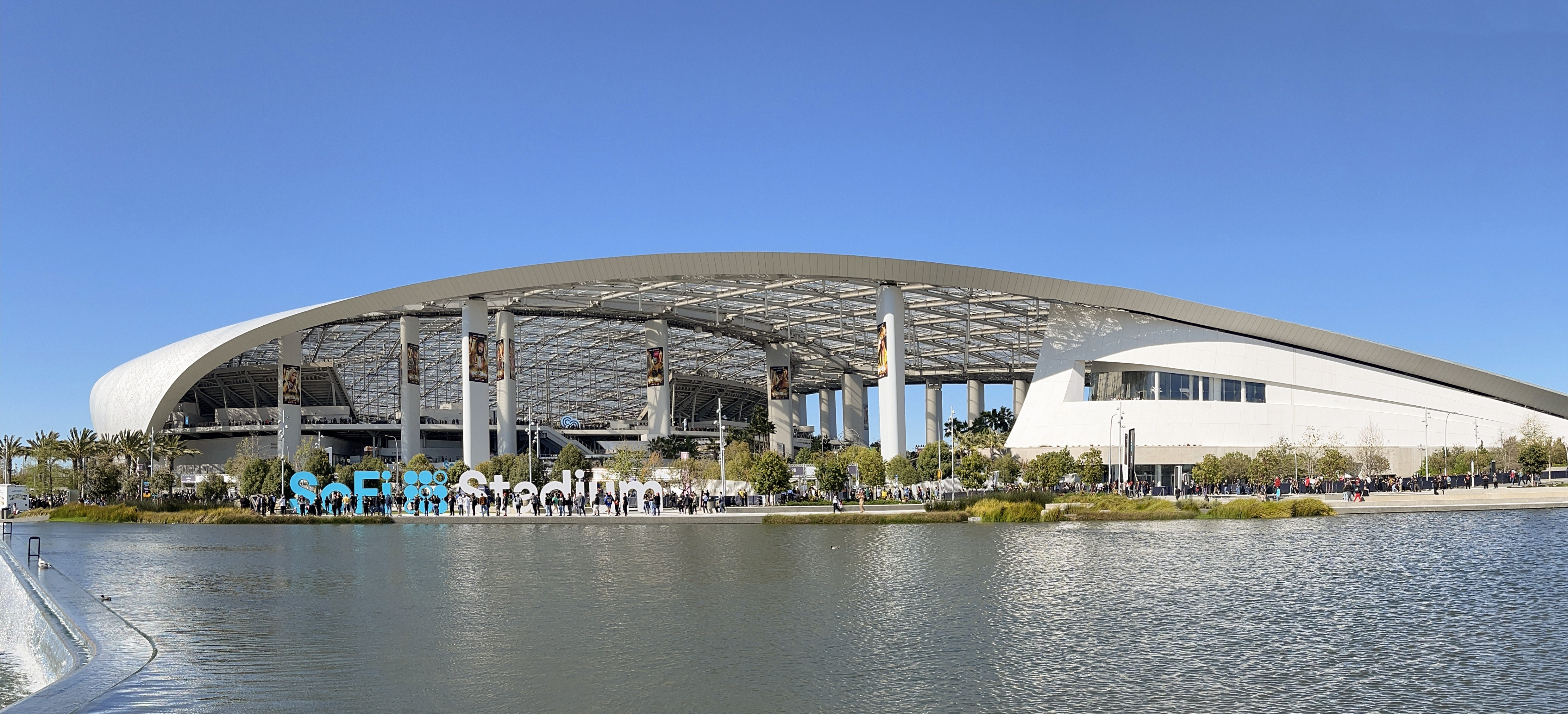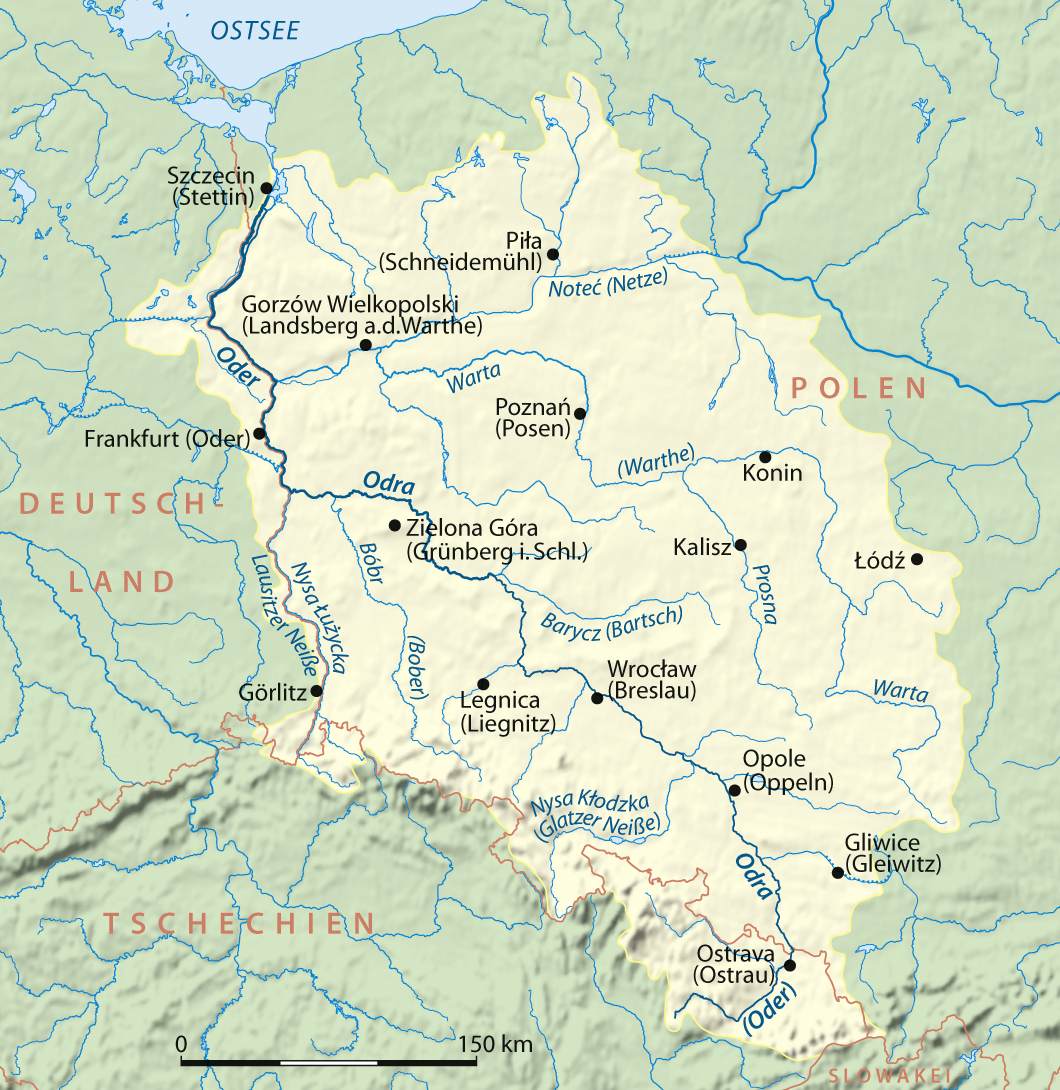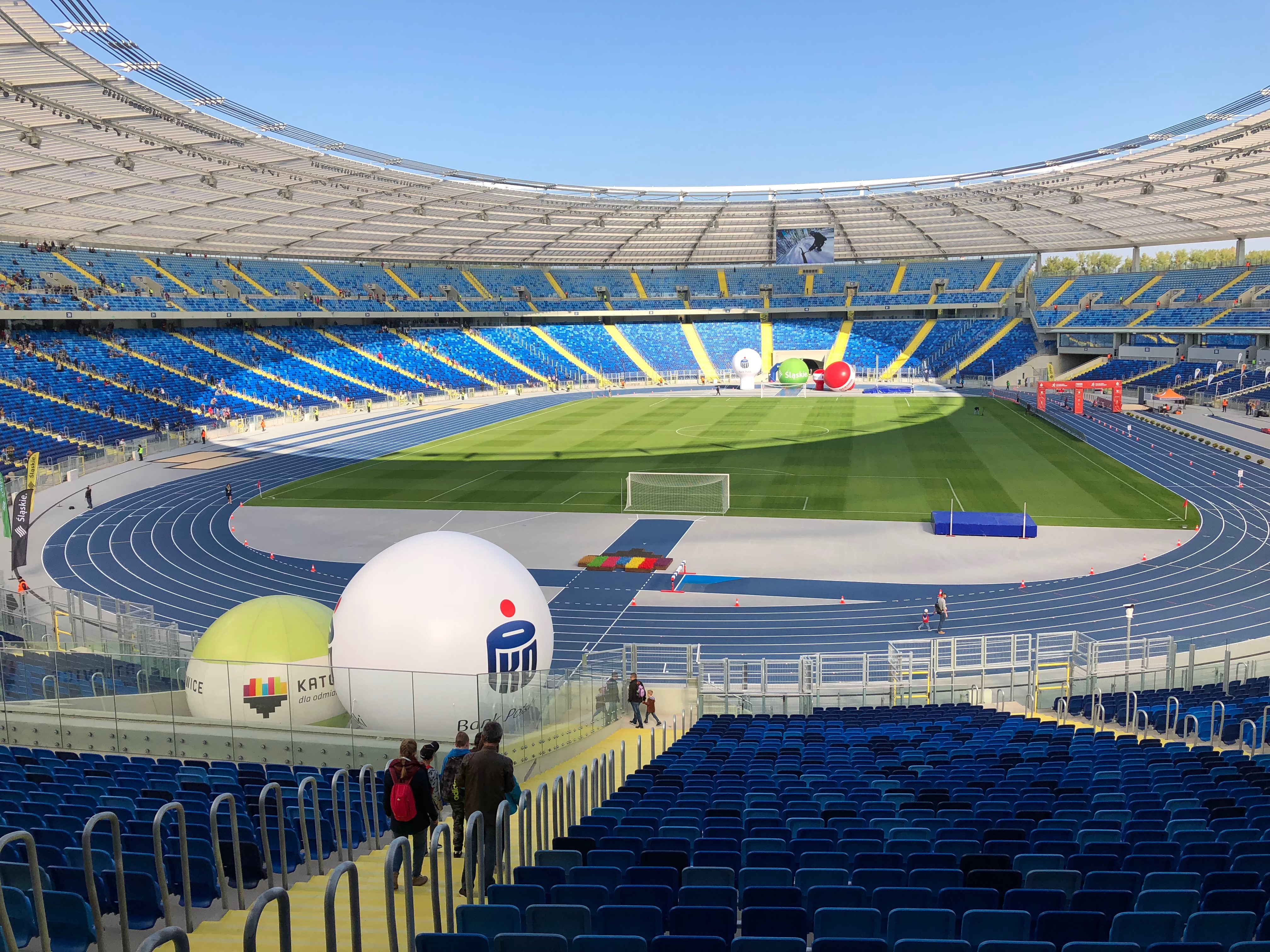|
OSiR Stadium In Słubice
The SOSiR Stadium ''(pol. Stadion SOSiR)'' (locally known as the ''Lubusz Stadium'' ''(pol. Stadion Lubuski)'' or Polonia Stadium ''(pol. Stadion Polonii)'') is a multi-purpose stadium in Słubice, Poland, home of the football club Polonia Słubice. It is located just east of the Oder river close to the German border. Building work on the complex employing Russian Empire, Russian prisoners of war commenced in spring of 1914, when present-day Słubice was still part of German Frankfurt (Oder), but due to the effects of World War I wasn't completed until 1927. Despite its name and contrary to common belief, the Olympic Stadium (originally named ''Ostmarkstadion'') was not built for the 1936 Summer Olympics. With the implementation of the Oder–Neisse line, the area passed to the People's Republic of Poland, Republic of Poland in 1945. The stadium underwent a complete refurbishment in 2003. It now counts as one of the oldest List of football stadiums in Poland, stadia in Poland ... [...More Info...] [...Related Items...] OR: [Wikipedia] [Google] [Baidu] |
Słubice
Słubice () is a border town in the Lubusz Voivodeship, in western Poland. Located on the Oder river, it lies directly opposite the city of Frankfurt (Oder) in Germany, which it was a part of as ''Dammvorstadt'' until 1945. As of 2019, the town had a population of 16,705, with an urban agglomeration of Słubice-Frankfurt counting 85,000 inhabitants. It is the capital of Słubice County and the administrative seat of the Gmina Słubice. It is part of the historical region of Lubusz Land. History The name is a modern Polish version of ''Zliwitz'', a West Slavic settlement east of the Brandendamm causeway across the Oder, mentioned in Frankfurt's city charter of 1253. Until 1249 it was part of the Polish Lubusz Land, which since 1138 in different periods formed part of the Greater Polish or Silesian provinces of then fragmented Poland. In 1225 ''Zliwitz'' was granted staple rights by Henry the Bearded. The Ascanian margraves of Brandenburg had purchased the Lubusz Land from ... [...More Info...] [...Related Items...] OR: [Wikipedia] [Google] [Baidu] |
Polonia Słubice
Polonia Słubice is a Polish football club based in Słubice. They currently compete in IV liga Lubusz, after suffering relegation from group III of the III liga III liga (Trzecia liga), currently named Betclic III liga due to its sponsorship by Betclic, is a Polish football league that sits in the fourth tier of the Polish football league system. Until the end of the 2007–08 season, III liga ref ... in the 2024–25 season. References External links Polonia Słubice at 90minut.pl Football clubs in Poland Association football clubs established in 1945 1945 establishments in Poland Słubice County Football clubs in Lubusz Voivodeship {{Poland-footyclub-stub ... [...More Info...] [...Related Items...] OR: [Wikipedia] [Google] [Baidu] |
Multi-purpose Stadium
A multi-purpose stadium is a type of stadium designed to be easily used for multiple types of events. While any stadium could potentially host more than one type of sport or event, this concept usually refers to a design philosophy that stresses multifunctionality over speciality. It is used most commonly in Canada and the United States, where the two most popular outdoor team sports—Canadian football or American football and baseball—require radically different facilities. Football uses a rectangular field, while baseball is played on a baseball field, diamond with a large outfield. Since Comparison of American and Canadian football#Playing area, Canadian football fields are larger than American ones, the design specifications for Canadian facilities are somewhat less demanding. The particular design to accommodate both is usually an oval, although some later designs use an octorad. While building stadiums in this way means that sports teams and governments can share costs ... [...More Info...] [...Related Items...] OR: [Wikipedia] [Google] [Baidu] |
Oder
The Oder ( ; Czech and ) is a river in Central Europe. It is Poland's second-longest river and third-longest within its borders after the Vistula and its largest tributary the Warta. The Oder rises in the Czech Republic and flows through western Poland, later forming of the border between Poland and Germany as part of the Oder–Neisse line. The river ultimately flows into the Szczecin Lagoon north of Szczecin and then into three branches (the Dziwna, Świna and Peene) that empty into the Bay of Pomerania of the Baltic Sea. Names The Oder is known by several names in different languages, but the modern ones are very similar: English and ; Czech, Polish, and , ; (); ; Medieval Latin: ''Od(d)era''; Renaissance Latin: ''Viadrus'' (invented in 1534). The origin of this name is said by onomastician Jürgen Udolph to come from the Illyrian word ''*Adra'' (“water vein”). Ptolemy knew the modern Oder as the Συήβος (''Suebos''; Latin ''Suevus''), a name apparen ... [...More Info...] [...Related Items...] OR: [Wikipedia] [Google] [Baidu] |
Bundesarchiv Bild 102-10065, Frankfurt-Oder, Brandenburgisches Kreis-Turnfest
The German Federal Archives or Bundesarchiv (BArch) (, lit. "Federal Archive") are the national archives of Germany. They were established at the current location in Koblenz in 1952. They are subordinated to the Federal Commissioner for Culture and the Media (Claudia Roth since 2021) under the German Chancellery, and before 1998, to the Federal Ministry of the Interior. On 6 December 2008, the Archives donated 100,000 photos to the public, by making them accessible via Wikimedia Commons. History The federal archive for institutions and authorities in Germany, the first precursor to the present-day Federal Archives, was established in Potsdam, Brandenburg in 1919, a later date than in other European countries. This national archive documented German government dating from the founding of the North German Confederation in 1867. It also included material from the older German Confederation and the Imperial Chamber Court. The oldest documents in this collection dated back to the y ... [...More Info...] [...Related Items...] OR: [Wikipedia] [Google] [Baidu] |
Russian Empire
The Russian Empire was an empire that spanned most of northern Eurasia from its establishment in November 1721 until the proclamation of the Russian Republic in September 1917. At its height in the late 19th century, it covered about , roughly one-sixth of the world's landmass, making it the list of largest empires, third-largest empire in history, behind only the British Empire, British and Mongol Empire, Mongol empires. It also Russian colonization of North America, colonized Alaska between 1799 and 1867. The empire's 1897 census, the only one it conducted, found a population of 125.6 million with considerable ethnic, linguistic, religious, and socioeconomic diversity. From the 10th to 17th centuries, the Russians had been ruled by a noble class known as the boyars, above whom was the tsar, an absolute monarch. The groundwork of the Russian Empire was laid by Ivan III (), who greatly expanded his domain, established a centralized Russian national state, and secured inde ... [...More Info...] [...Related Items...] OR: [Wikipedia] [Google] [Baidu] |
Frankfurt (Oder)
Frankfurt (Oder), also known as Frankfurt an der Oder (, ; Central Marchian: ''Frankfort an de Oder,'' ) is the fourth-largest city in the German state of Brandenburg after Potsdam, Cottbus and Brandenburg an der Havel. With around 58,000 inhabitants, it is the largest German city on the Oder River, and one of the easternmost cities in Germany. Frankfurt sits on the western bank of the Oder, opposite the Polish town of Słubice, which was a part of Frankfurt until 1945, and called ''Dammvorstadt'' until then. The city is about east of Berlin, in the south of the historical region Lubusz Land. Within Frankfurt's city limits lies the recreational area Lake Helenesee. The name of the city makes reference to the Franks, and means '' Ford of the Franks'', and there appears a Gallic rooster in the coats of arms of Frankfurt and Słubice. The official name ''Frankfurt (Oder)'' and the older ''Frankfurt an der Oder'' are used to distinguish it from the larger city of Frankfurt a ... [...More Info...] [...Related Items...] OR: [Wikipedia] [Google] [Baidu] |
World War I
World War I or the First World War (28 July 1914 – 11 November 1918), also known as the Great War, was a World war, global conflict between two coalitions: the Allies of World War I, Allies (or Entente) and the Central Powers. Fighting took place mainly in European theatre of World War I, Europe and the Middle Eastern theatre of World War I, Middle East, as well as in parts of African theatre of World War I, Africa and the Asian and Pacific theatre of World War I, Asia-Pacific, and in Europe was characterised by trench warfare; the widespread use of Artillery of World War I, artillery, machine guns, and Chemical weapons in World War I, chemical weapons (gas); and the introductions of Tanks in World War I, tanks and Aviation in World War I, aircraft. World War I was one of the List of wars by death toll, deadliest conflicts in history, resulting in an estimated World War I casualties, 10 million military dead and more than 20 million wounded, plus some 10 million civilian de ... [...More Info...] [...Related Items...] OR: [Wikipedia] [Google] [Baidu] |
1936 Summer Olympics
The 1936 Summer Olympics (), officially the Games of the XI Olympiad () and officially branded as Berlin 1936, were an international multi-sport event held from 1 to 16 August 1936 in Berlin, then capital of Nazi Germany. Berlin won the bid to host the Games over Barcelona on the 29th IOC Session on 26 April 1931. The 1936 Games marked the second and most recent time the International Olympic Committee gathered to vote in a city bidding to host those Games. Later rule modifications forbade cities hosting the bid vote from being awarded the games. To outdo the 1932 Summer Olympics, 1932 Los Angeles Games, Adolf Hitler had Olympiastadion (Berlin), a new 100,000-seat track and field stadium built, as well as six gymnasiums and other smaller arenas. The Games were the first to be Fernsehsender Paul Nipkow, televised, with radio broadcasts reaching 41 countries.Rader, Benjamin G. "American Sports: From the Age of Folk Games to the Age of Televised Sports", 5th ed. Filmmaker Leni Ri ... [...More Info...] [...Related Items...] OR: [Wikipedia] [Google] [Baidu] |
Oder–Neisse Line
The Oder–Neisse line (, ) is an unofficial term for the Germany–Poland border, modern border between Germany and Poland. The line generally follows the Oder and Lusatian Neisse rivers, meeting the Baltic Sea in the north. A small portion of Polish territory does fall west of the line, including the cities of Szczecin and Świnoujście (German: ''Stettin'' and ''Swinemünde''). In post-war Poland the government described the Oder–Neisse line as the result of tough negotiations between Polish Communists and Stalin. However, according to the modern Institute of National Remembrance, Polish aspirations had no impact on the outcome; rather the idea of a westward shift of the Polish border was adopted synthetically by Stalin, who was the final arbiter in the matter. Stalin's political goals as well as his desire to foment enmity between Poles and Germans influenced his idea of a swap of western for eastern territory, thus ensuring control over both countries. As with before t ... [...More Info...] [...Related Items...] OR: [Wikipedia] [Google] [Baidu] |
People's Republic Of Poland
The Polish People's Republic (1952–1989), formerly the Republic of Poland (1947–1952), and also often simply known as Poland, was a country in Central Europe that existed as the predecessor of the modern-day democratic Republic of Poland. With a population of approximately 37.9 million near the end of its existence, it was the second most-populous communist government, communist and Eastern Bloc country in Europe. It was also where the Warsaw Pact was founded. The largest city and capital was Warsaw, followed by the industrial city of Łódź and cultural city of Kraków. The country was bordered by the Baltic Sea to the north, the Soviet Union to the east, Czechoslovak Socialist Republic, Czechoslovakia to the south, and East Germany to the west. The Polish People's Republic was a unitary state with a Marxist–Leninist government established in the country after the Red Army's takeover of Polish territory from Occupation of Poland (1939–1945), German occupation in ... [...More Info...] [...Related Items...] OR: [Wikipedia] [Google] [Baidu] |
List Of Football Stadiums In Poland
The following is a list of association football, football stadiums in Poland, ordered by capacity. Football stadiums with a capacity above 10,000 UEFA UEFA stadium categories, category 4 stadiums are marked by UEFA UEFA stadium categories, category 3 stadiums are marked by Football stadiums with a capacity below 10,000 Stadiums with a capacity of at least 3,500 are included. Future football stadiums Stadiums with a capacity of at least 4,000 are included. See also *List of European stadiums by capacity *List of association football stadiums by capacity *List of association football stadiums by country *List of sports venues by capacity *Lists of stadiums References External linksStadiums in Poland {{authority control Football venues in Poland, Lists of association football stadiums, Poland ... [...More Info...] [...Related Items...] OR: [Wikipedia] [Google] [Baidu] |





